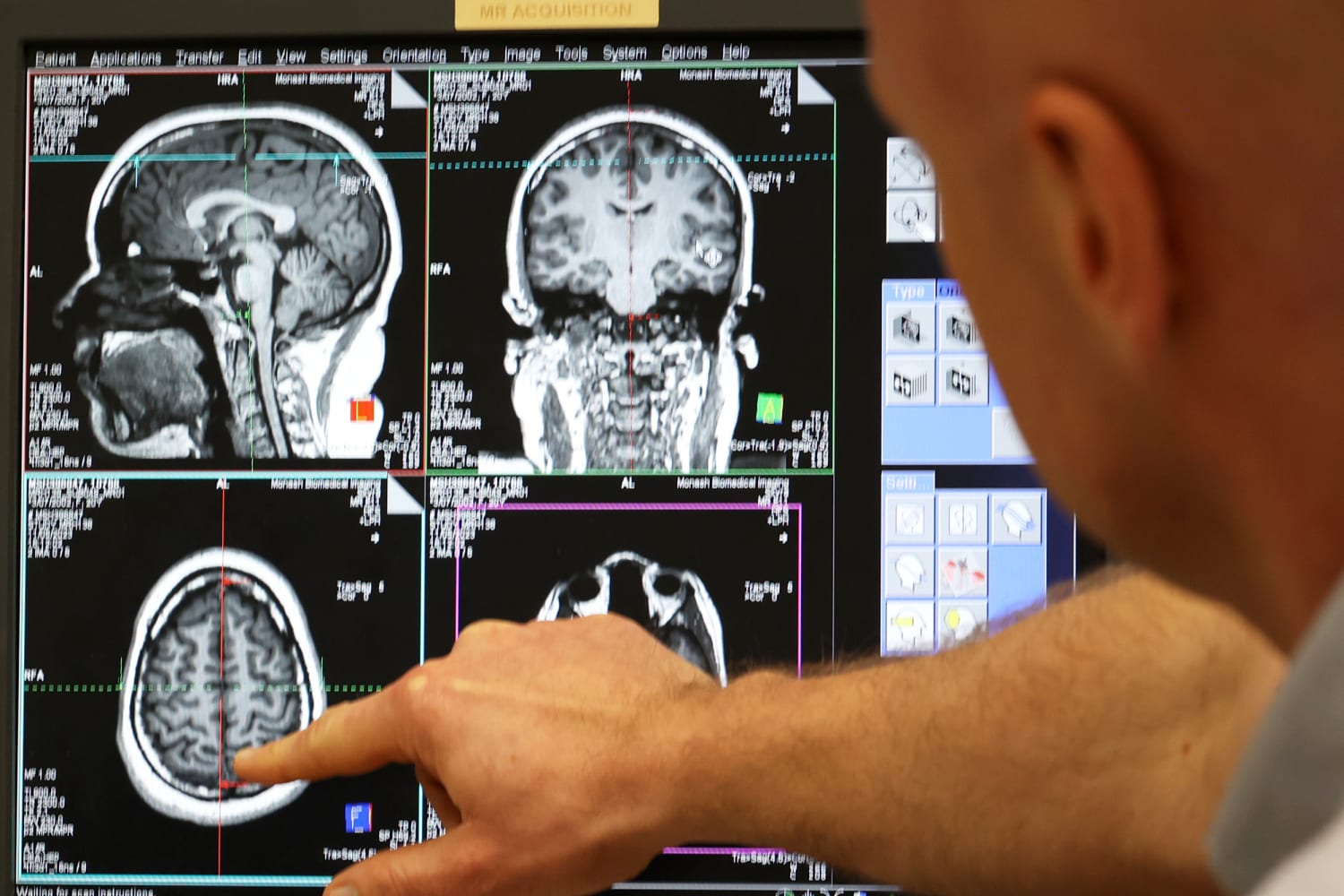Though much about the brain remains a mystery, scientists have long surmised that our thoughts, feelings and behavior are the result of billions of interconnected neurons that transmit signals to each other, thereby enabling communication between regions of the brain.
But a study published Wednesday in the journal Nature challenges that idea, suggesting instead that the shape of the brain — its size, curves and grooves — may exert a greater influence on how we think, feel and behave than the connections and signals between neurons.
A research team in Australia arrived at that conclusion after taking MRI scans of 255 people’s brains while the participants performed tasks like tapping their fingers or recalling a sequence of images. From there, the team examined 10,000 different maps of people’s brain activity, gathered from more than 1,000 experiments worldwide, to further assess the role of brain shape.
Next, they created a computer model that simulated the way a brain’s size and shape affect waves of electrical activity, better known as brain waves. They compared that model to a pre-existing computer model of brain activity that closely aligns with the understanding of neuron connectivity as the driver of brain function.
The comparison showed that the new model provided a more accurate reconstruction of the brain activity shown in the MRI scans and brain activity maps than the prior model.
James Pang, the study’s lead author and a research fellow at Monash University in Australia, likened the significance of brain shape to a pebble making ripples in a pond: The size and shape of the pond helps determine the nature of those ripples.
“The geometry is pretty important because it guides how the wave would look, which in turn relates to the activity patterns that you see when people perform different tasks,” Pang said.

David Van Essen, a neuroscience professor at Washington University in St. Louis, said the brain shape theory has been floated for more than a decade. But most researchers, he said, still subscribe to the classical hypothesis: that each of the brain’s nearly 100 billion neurons, or nerve cells, has an axon, which functions like a wire to carry information to other neurons, and that enables brain activity.
“The fundamental starting hypothesis is that the wiring of the brain is central to understanding how the brain functions,” Van Essen said.
Pang said his research doesn’t discount the significance of communication between neurons; rather, it suggests that the geometry of the brain plays a more essential role in brain function.
“What the work is showing is that the shape has a stronger influence, but it’s not saying that connectivity is not important,” he said.
Pang also noted that the brain shape hypothesis comes with an advantage: Brain shape is easier to measure than brain wiring, so paying closer attention to the size or curves of the brain could open new avenues for research.
One topic worth exploring, he said, is the possible role of brain shape in the development of psychiatric and neurological diseases.
In theory, Pang said, the speed at which traveling waves spread to different regions of the brain might affect how people process information. That, in turn, could contribute to patterns of brain activity associated with diseases like schizophrenia or depression.
But not all scientists are convinced by the new research. Van Essen, for instance, remains skeptical.
“It would be an understatement to say this is a controversial theory, and it really needs to be put through its paces to evaluate critically whether it stands the test of time,” he said.
Van Essen raised several concerns about the study, including the fact that the researchers’ models are based on an average of the shapes of participants’ brains. According to Van Essen, that approach glosses over dramatic differences in patterns of surface folds from one brain to the next.
Pang, however, said the findings “remain robust” even after performing an individual-level analysis of brain shape.
Van Essen also cautioned that MRIs are imperfect tools and may not reliably capture the nature of the brain’s wiring.
“As exciting and informative as it is, it’s still inaccurate in fundamental ways and incomplete, and leaves a lot left to be sorted out by future studies,” he said of MRI technology.
Pang said his research isn’t definitive, but added that in his view, the new study “strengthens the theory” that brain shape has a greater influence on brain activity than the wiring of neurons.
“We’re pretty confident that the influence is really there,” he said.
Source: | This article originally belongs to Nbcnews.com









